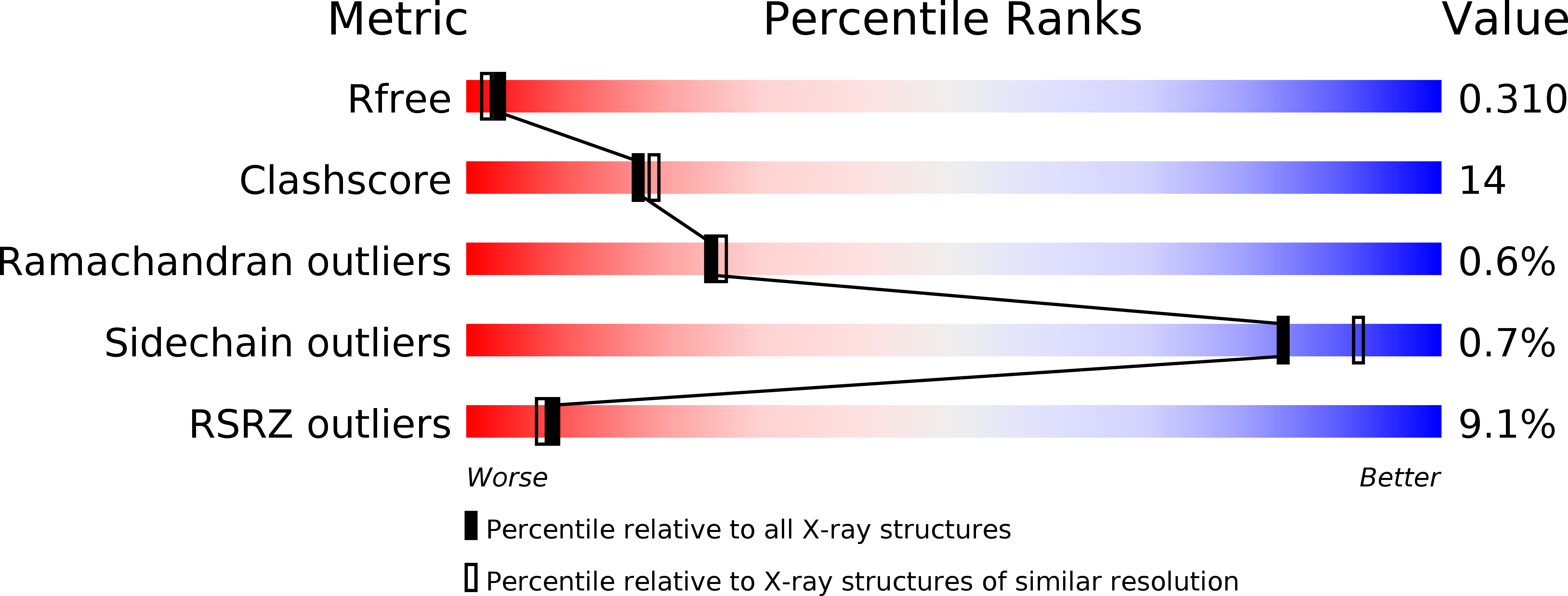
Deposition Date
2019-03-21
Release Date
2020-02-19
Last Version Date
2024-01-31
Entry Detail
PDB ID:
6R40
Keywords:
Title:
Apo structure of R504C mutant of Pseudomonas aeruginosa Penicillin-Binding Protein 3 (PBP3)
Biological Source:
Source Organism:
Host Organism:
Method Details:
Experimental Method:
Resolution:
2.20 Å
R-Value Free:
0.30
R-Value Work:
0.24
R-Value Observed:
0.24
Space Group:
P 21 21 21


